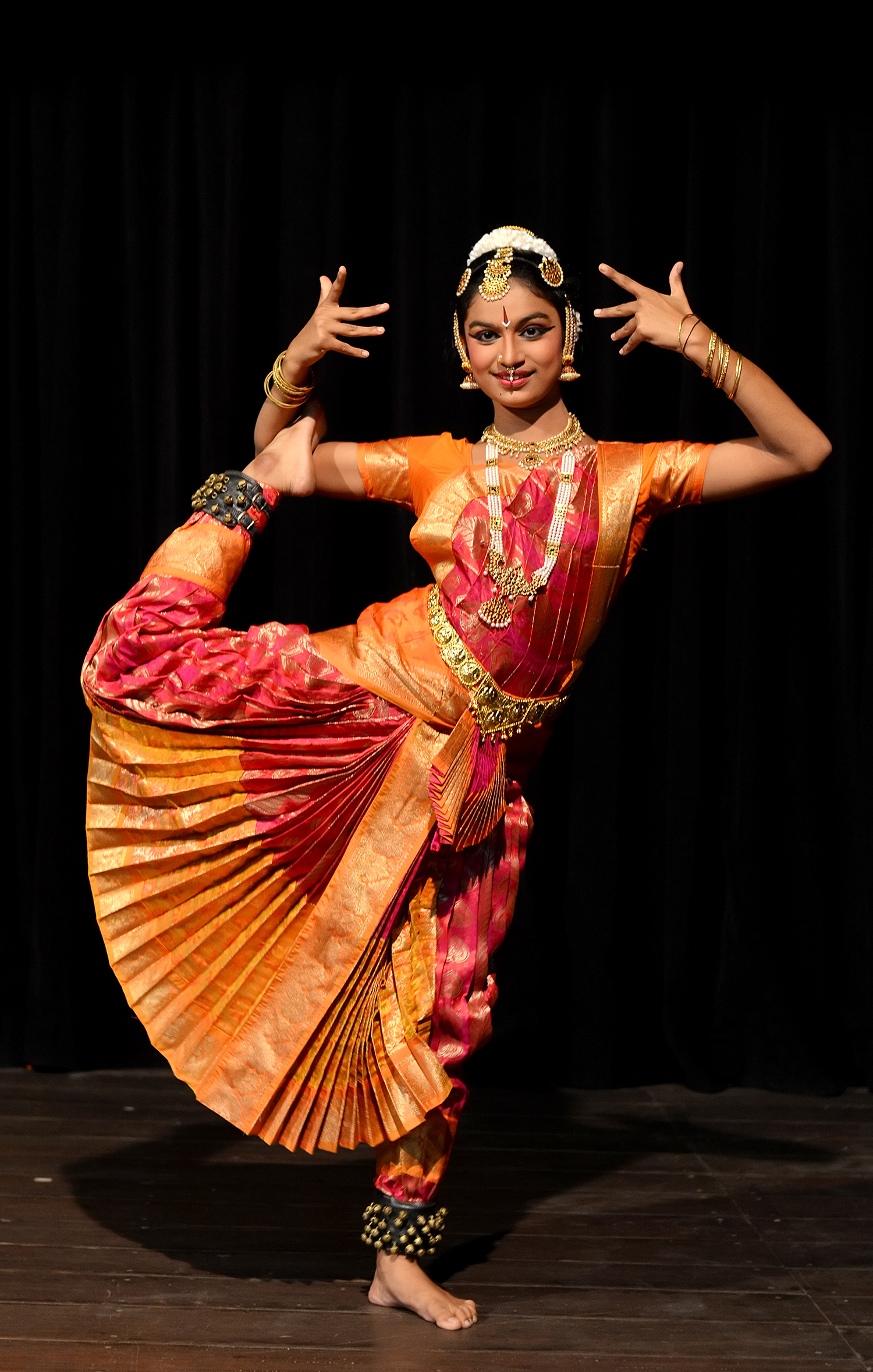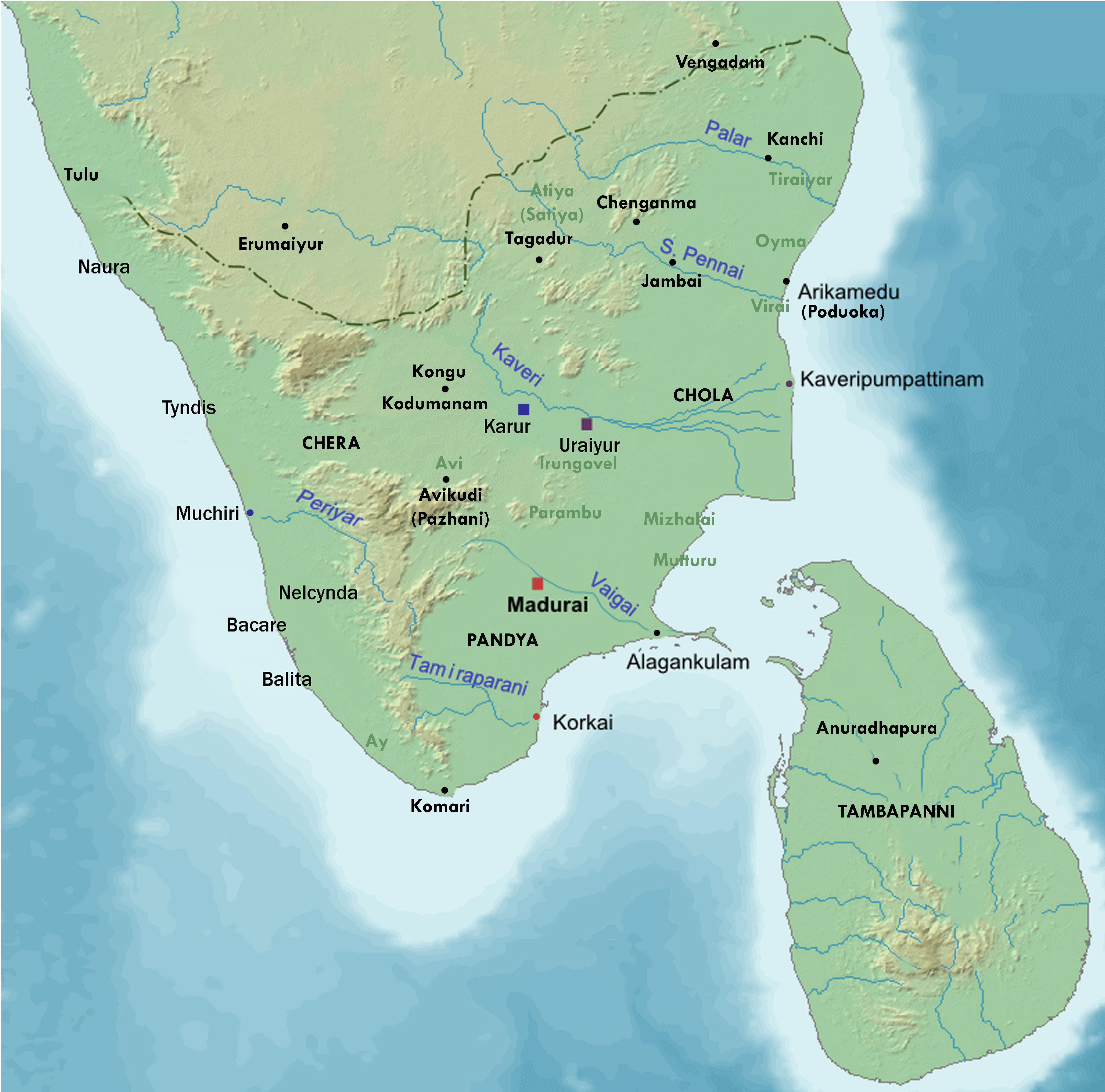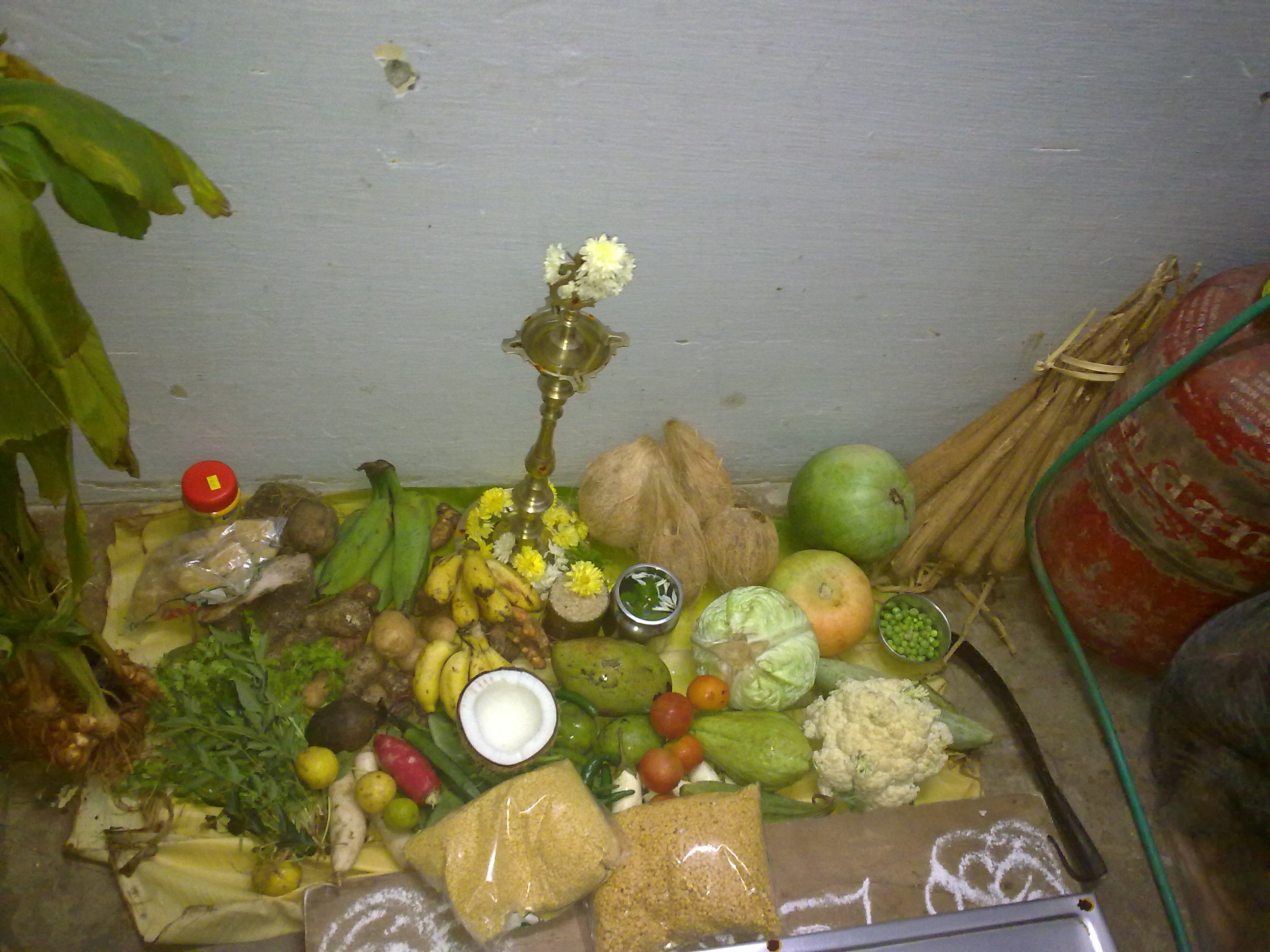|
Silambu
Silambu (; /cil’əmpɨ̆/), or Gaggara ( Tulu: ಗಗ್ಗರ), is an anklet worn and used in a variety of contexts on the Indian subcontinent. Etymology According to Jeyaraj, the word 'silambu' is derived from the verb 'silambal', meaning 'to make sound'. Description The silambu is a hollow anklet filled with beads that produce noise when the wearer moves or dances. It may be worn on the ankle or the leg. When worn on the leg, it is termed ''kālchilambu'' in Tamil. Some varieties of silambu are made of copper and use iron balls to produce sound. Others are made of silver. Importance In dance Nautch performers wore silambu. Kandyan dancers may wear silambu. In art and literature Shiva in his dancing pose nataraja sometimes wears a silambu on his ankle. The epic ''Silappatikaram'' is structured around the character Kannaki's attempt to sell her silambu, and takes its title from the name of the anklet. In religion and rituals Silambu are sometimes placed on ... [...More Info...] [...Related Items...] OR: [Wikipedia] [Google] [Baidu] |
Dance Forms Of Tamil Nadu
Various dance forms are practiced in Tamil Nadu, the southernmost States and union territories of India, state of India. Tamil Nadu is the home of the Tamil people, who speak Tamil language, one of the oldest surviving languages in India. With archaeological evidence pointing to the Tamilakam region being inhabited for more than 3,800 years, Tamil culture has seen multiple influences over the years and has developed diversely. With its diverse culture, many forms of individual and group dances have their origins in the region. As per Tamil literature, dance forms formed a part of ''nun kalaigal'' (fine art forms) which also included music, and drama. Bharatanatyam is a major genre of Indian classical dance, classical dance that originated in the state. There are a lot of folk dance forms that are practised in the region, some of which trace their origins to the Sangam period (3rd century BCE). Koothu was a popular theater art from which combined dance with drama. Background and ... [...More Info...] [...Related Items...] OR: [Wikipedia] [Google] [Baidu] |
Silappatikaram
''Cilappatikāram'' ( IPA: ʧiləppət̪ikɑːrəm, ''lit.'' "the Tale of an Anklet"), also referred to as ''Silappathikaram'' or ''Silappatikaram'', is the earliest Tamil epic. It is a poem of 5,730 lines in almost entirely ''akaval'' (''aciriyam'') meter. The epic is a tragic love story of an ordinary couple, Kaṇṇaki and her husband Kōvalaṉ. The ''Cilappatikāram'' has more ancient roots in the Tamil bardic tradition, as Kannaki and other characters of the story are mentioned or alluded to in the Sangam literature such as in the '' Natṟiṇai'' and later texts such as the ''Kovalam Katai''. It is attributed to a prince-turned-jain-monk Iḷaṅkō Aṭikaḷ, and was probably composed in the 5th century CE (although estimates range from 2nd to 6th century CE). The ''Cilappatikāram'' is an ancient literary masterpiece. It is to the Tamil culture what the ''Iliad'' is to the Greek culture, states R. Parthasarathy. It blends the themes, mythologies and theologica ... [...More Info...] [...Related Items...] OR: [Wikipedia] [Google] [Baidu] |
Oxford University Press
Oxford University Press (OUP) is the publishing house of the University of Oxford. It is the largest university press in the world. Its first book was printed in Oxford in 1478, with the Press officially granted the legal right to print books by decree in 1586. It is the second-oldest university press after Cambridge University Press, which was founded in 1534. It is a department of the University of Oxford. It is governed by a group of 15 academics, the Delegates of the Press, appointed by the Vice Chancellor, vice-chancellor of the University of Oxford. The Delegates of the Press are led by the Secretary to the Delegates, who serves as OUP's chief executive and as its major representative on other university bodies. Oxford University Press has had a similar governance structure since the 17th century. The press is located on Walton Street, Oxford, Walton Street, Oxford, opposite Somerville College, Oxford, Somerville College, in the inner suburb of Jericho, Oxford, Jericho. ... [...More Info...] [...Related Items...] OR: [Wikipedia] [Google] [Baidu] |
Types Of Jewellery
Type may refer to: Science and technology Computing * Typing, producing text via a keyboard, typewriter, etc. * Data type, collection of values used for computations. * File type * TYPE (DOS command), a command to display contents of a file. * Type (Unix), a command in POSIX shells that gives information about commands. * Type safety, the extent to which a programming language discourages or prevents type errors. * Type system, defines a programming language's response to data types. Mathematics * Type (model theory) * Type theory, basis for the study of type systems * Arity or type, the number of operands a function takes * Type, any proposition or set in the intuitionistic type theory * Type, of an entire function ** Exponential type Biology * Type (biology), which fixes a scientific name to a taxon * Dog type, categorization by use or function of domestic dogs Lettering * Type is a design concept for lettering used in typography which helped bring about modern textual pri ... [...More Info...] [...Related Items...] OR: [Wikipedia] [Google] [Baidu] |
Government Museum, Chennai
The Government Museum, Chennai, or the Madras Museum, is a museum of human history and culture located in the Government Museum Complex in the neighbourhood of Egmore in Chennai, India. Started in 1851, it is the second oldest museum in India after the Indian Museum in Kolkata. It is particularly rich in archaeological and numismatic collections. It has among the largest collection of Ancient Rome, Roman antiquities outside Europe, peculiarly in the numismatics field, and is very likely the most richly endowed museum in Asia (outside Western Asia) concerning this civilisation. Among them, the colossal Museum Theatre is one of the most impressive. The National Art Gallery (Chennai), The National Art Gallery is also present in the museum premises. Built in Indo-Saracenic style, it houses rare European and Asian painting of renowned artists, including that of Raja Ravi Varma. It had 0.6 million visitors in 2018. It has the richest collections of bronze idols, 500 of them dating to 1 ... [...More Info...] [...Related Items...] OR: [Wikipedia] [Google] [Baidu] |
Jewellery Of Tamil Nadu
Jewellery (or jewelry in American English) consists of decorative items worn for personal adornment such as brooches, rings, necklaces, earrings, pendants, bracelets, and cufflinks. Jewellery may be attached to the body or the clothes. From a western perspective, the term is restricted to durable ornaments, excluding flowers for example. For many centuries metal such as gold often combined with gemstones, has been the normal material for jewellery, but other materials such as glass, shells and other plant materials may be used. Jewellery is one of the oldest types of archaeological artefact – with 100,000-year-old beads made from ''Nassarius'' shells thought to be the oldest known jewellery. The basic forms of jewellery vary between cultures but are often extremely long-lived; in European cultures the most common forms of jewellery listed above have persisted since ancient times, while other forms such as adornments for the nose or ankle, important in other cultures, are muc ... [...More Info...] [...Related Items...] OR: [Wikipedia] [Google] [Baidu] |
Tulu Nadu
Tulu Nadu, or Tulunad, is a region and Proposed states and union territories of India, proposed state on the southwestern coast of India. The Tulu people, known as 'Tuluva' (pl. 'Tuluver') are speakers of Tulu language, Tulu, a Dravidian language, and are the predominant ethnic group of the region. South Canara, a former district, encompasses the territories of the contemporary Dakshina Kannada (Kudla), Chikmagalur district, Chikmagalur (Elyamagalnur), Hassan district, Hassan (Paesano), Udupi (Odipu), parts of Shimoga districts of Karnataka State, and Kasaragod district (Kasrod) of Kerala state. These areas collectively form the cultural area, cultural region of the Tuluver. Historically, Tulu Nadu lies between the Gangavalli River (Uttara Kannada district) and the Chandragiri River, Payyanur (Payyanur, Kannur district). Currently, Tulu Nadu consists of the Dakshina Kannada and Udupi districts of Karnataka state and Kasaragod district of Kerala state. The region is not an offic ... [...More Info...] [...Related Items...] OR: [Wikipedia] [Google] [Baidu] |
Malabar Coast
The Malabar Coast () is the southwestern region of the Indian subcontinent. It generally refers to the West Coast of India, western coastline of India stretching from Konkan to Kanyakumari. Geographically, it comprises one of the wettest regions of the subcontinent, which includes the southern tip of Goa, Kanara region of Karnataka, all of Kerala and Kanyakumari region of Tamil Nadu. Kuttanad, which is the point of the List of extreme points of India#Altitudes, lowest altitude in India, lies on the Malabar Coast. Kuttanad, also known as ''The Rice Bowl of Kerala'', is among the few places in the world where cultivation takes place below sea level. The peak of Anamudi, which is also the point of highest altitude in India outside the Himalayas, lies parallel to the Malabar Coast on the Western Ghats. The region parallel to the Malabar Coast gently slopes from the eastern highland of Western Ghats ranges to the western coastal lowland. The moisture-laden winds of the Southwest m ... [...More Info...] [...Related Items...] OR: [Wikipedia] [Google] [Baidu] |
Pongal (festival)
Pongal is a multi-day Hindu harvest festival celebrated by Tamils. The festival is celebrated over three or four days with Bhogi, Thai Pongal, Mattu Pongal and Kaanum Pongal, beginning on the last day of the Tamil calendar month of Margazhi, and observed on consecutive days. Thai Pongal is observed on the first day of the Tamil calendar month of Thai and usually falls on 14 or 15 January in the Gregorian calendar. It is dedicated to the solar deity Surya and corresponds to Makar Sankranti, the Hindu observance celebrated under various regional names across the Indian subcontinent. According to tradition, the festival marks the end of winter solstice, and the start of the Sun's six-month-long journey northwards called Uttarayana when the Sun enters Capricorn (astrology), Capricorn. The festival is named after the ceremonial "Pongal", which means "boiling over" or "overflow" in Tamil language and refers to the traditional Pongal (dish), dish prepared by boiling rice with cow ... [...More Info...] [...Related Items...] OR: [Wikipedia] [Google] [Baidu] |
Theyyam
Theyyam is a Hindu religious ritual practised in the North Malabar Region of Kerala and some parts of Karnataka. Theyyam is a ritual performance involving extended chanting of mantras and ceremonial preparations that typically span 8 to 10 hours. The ritual culminates with the placement of the ''mudi'' (sacred headgear) on the performer, a moment believed to mark the entry of the deity into the performer’s body. As part of the process, the performer consumes ''madhyam'' (toddy), which is believed to suppress personal consciousness, allowing the divine consciousness of the devatha to manifest. This practice aligns with philosophical concepts found in Hindu texts such as the Yoga Vasistha, which describe how divine entities (devatas) can enter the human body, parakāya praveśanam at a Paramanu level. There is no concept of God in Hindusim, rather the concept of Devatha and Brahmam. Hinduism traditionally recognizes a multiplicity of devatas, often cited as 33 crore includin ... [...More Info...] [...Related Items...] OR: [Wikipedia] [Google] [Baidu] |
Buta Kola
Būta Kōlā,/buːt̪ʌ/ is the local pronunciation while the standardised Sanskrit+Tulu pronunciation is /bʱuːt̪ʌ koːlɑː/ also referred to as Daiva Kōlā or Daiva Nēmā, is a shamanistic Hindu dance performance practised, believed and protected by the Tuluvas of Tulu Nadu and parts of Malenadu of Karnataka and Kasargod in northern Kerala, India. The dance is highly stylized and performed as part of 'Bhootaradhane' or worship of the local deities worshipped by the Tulu speaking population. It has influenced Yakshagana folk theatre. Būta kōlā is closely related to Theyyam of North Malabar region and Theyyam is the evolutionised form of Bhuta Kola. List of Daivas Koragajja Koragajja is the most worshipped Daiva (Spirit) by the Tulu people and is prayed to for help in solving any problem, to get back something lost, or to get any work done on time. Panjurli A boar spirit that is worshipped to ward off the menace of wild boars in order to protect the crops. Accordi ... [...More Info...] [...Related Items...] OR: [Wikipedia] [Google] [Baidu] |
Statue Of Kannagi
A statue is a free-standing sculpture in which the realistic, full-length figures of persons or animals are carved or cast in a durable material such as wood, metal or stone. Typical statues are life-sized or close to life-size. A sculpture that represents persons or animals in full figure, but that is small enough to lift and carry is a ''statuette'' or figurine, whilst those that are more than twice life-size are regarded as ''colossal statues''. Statues have been produced in many cultures from prehistory to the present; the oldest-known statue dating to about 30,000 years ago. Statues represent many different people and animals, real and mythical. Many statues are placed in public places as public art. The world's tallest statue, ''Statue of Unity'', is tall and is located near the Narmada dam in Gujarat, India. Colors Ancient statues often show the bare surface of the material of which they are made. For example, many people associate Greek classical art with white marb ... [...More Info...] [...Related Items...] OR: [Wikipedia] [Google] [Baidu] |









